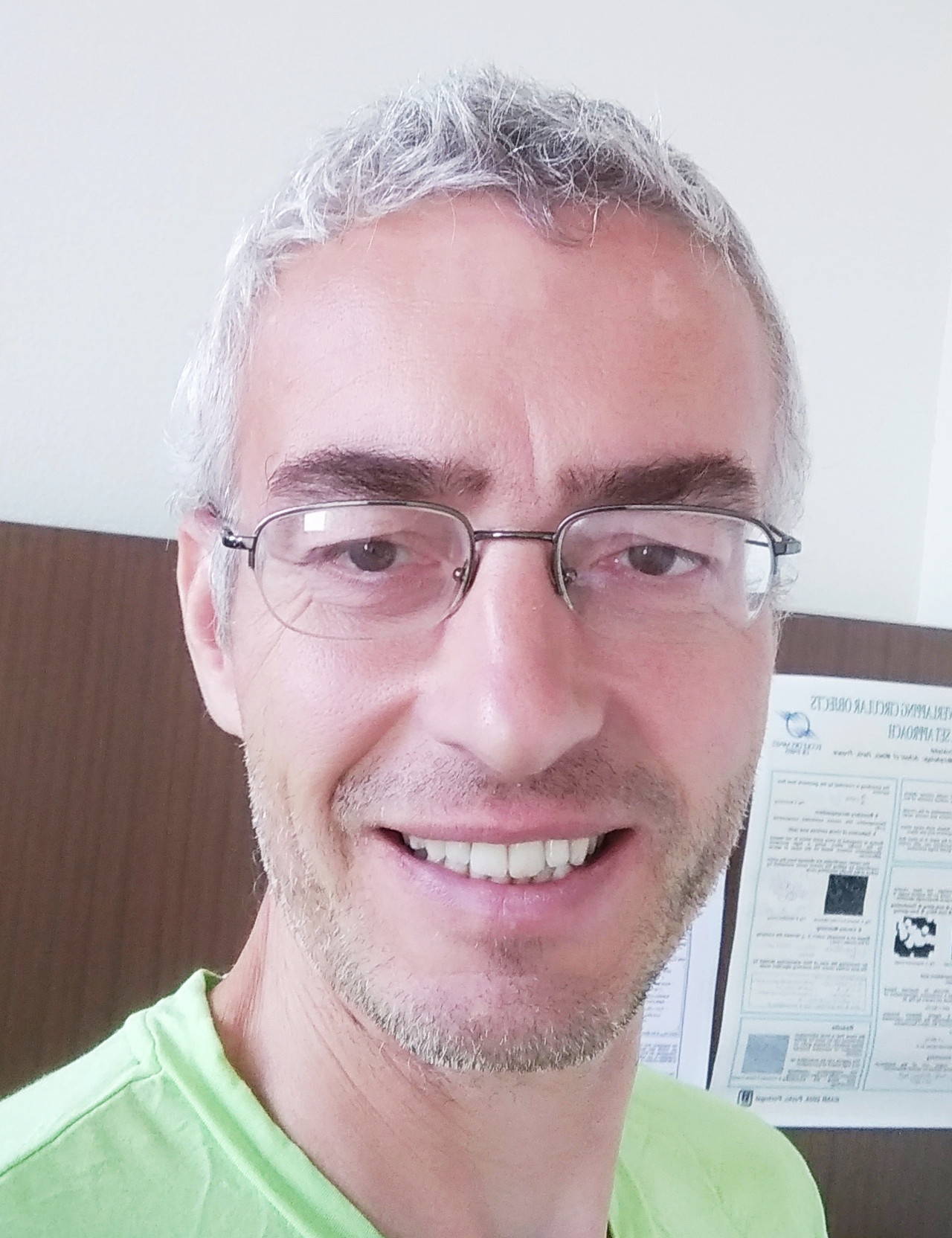 Petr Dokládal is a senior researcher with the Center for Mathematical Morphology, a joint research lab of Armines and MINES ParisTech, Paris, France. He graduated from the Technical University in Brno, Czech Republic, in 1994, as a telecommunication engineer, received his Ph.D. degree in 2000 from the Marne la Vallée University, France, in general computer sciences, specialized in image processing and received his habilitation from the ParisEst University in 2013. His research interests include mathematical morphology, image segmentation, object tracking and pattern recognition.
Petr Dokládal is a senior researcher with the Center for Mathematical Morphology, a joint research lab of Armines and MINES ParisTech, Paris, France. He graduated from the Technical University in Brno, Czech Republic, in 1994, as a telecommunication engineer, received his Ph.D. degree in 2000 from the Marne la Vallée University, France, in general computer sciences, specialized in image processing and received his habilitation from the ParisEst University in 2013. His research interests include mathematical morphology, image segmentation, object tracking and pattern recognition.
Image processing in Non-Destructive Testing
Non-destructive testing is a frequent task in industry for material control and structure inspection. There are many imaging techniques available to make defects visible. Effort is being made to automatize the process to make it repeatable, more accurate, cheaper and environment friendly. Others techniques (able to work remotely, easier to automatize) are being developed. Most of these techniques are still followed by a visual inspection performed by a qualified personnel.
In the beginning of this talk we will review a few, various inspection techniques used in industry. In the second part we will focus on the detection of cracks. From the image processing angle of view cracks are thin, curvilinear structures. They are not always easy to detect especially when surrounded by noise. We show in this talk how cracks can be detected by using path openings, an operator from mathematical morphology. Then, inspired by the a contrario approach, we will show how to choose a convenient threshold value to obtain a binary result. The a contrario approach, instead of modeling the structures to detect, models the noise to detect structures deviating from the model. In this scope, we assume noise composed of pixels that are independent random variables. Henceforth, cracks that are curvilinear and not necessarily connected sequences of bright pixels, are detected as abnormal sequences of bright pixels. In the second part, a fast approximation of the solution based on parsimonious path openings is shown.
His talk takes place on Tuesday, September 18, 2018 at 13:00 in room A113.